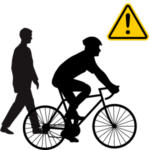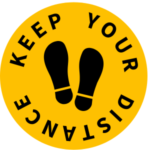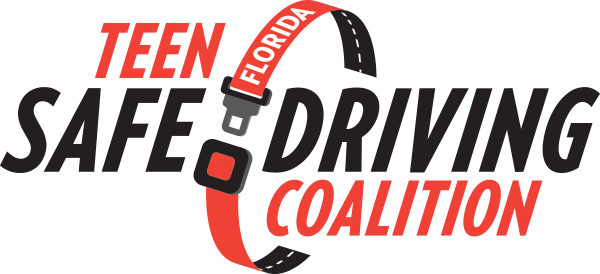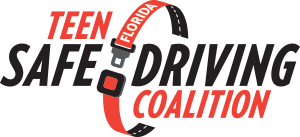- Home
- About/Join
- Resources
- Driver Education Resources
- Driver Education Resources By Safety Topic
- Driver Education for Adaptive and Special Needs Individuals
- Parent and Teen Educational Materials
- Teen Traffic Safety Posters
- Blog
- Contact Us
Rail Crossing Safety Month is observed every September to promote awareness and education about railway crossing safety. Trains play a crucial role in our transportation system, but they also pose risks if not approached with caution. This month is dedicated to spreading information about how to navigate rail crossings safely and prevent traffic crashes.
Why Rail Crossing Safety Matters
Rail crossings, where roads intersect with railroad tracks, are potential danger zones if not approached and crossed correctly. Trains can be deceptively quiet and take longer to stop than other vehicles. It’s vital for drivers, pedestrians, and cyclists to be vigilant and follow proper safety protocols when encountering these crossings.
Key Safety Tips

Observe Warning Signs and Signals: Pay careful attention to the warning signs, flashing lights, and gates at rail crossings. These signals are in place to alert you about approaching trains. Never attempt to cross the tracks when the warning signals are active. Treat these signals as a red light at a traffic intersection—stop and wait for them to clear before proceeding.
Stop, Look, and Listen: Before crossing the tracks, make it a habit to stop your vehicle at a safe distance from the tracks. Look both ways for any approaching trains, even if you can’t hear them. Trains can be deceptively quiet, and their size and speed can make them appear farther away than they actually are. Listen carefully for the sound of train horns or bells.


Never Race a Train: It’s essential to remember that trains can’t stop quickly like cars or trucks. Never attempt to outrun a train to cross the tracks before it arrives. Trains have a much longer stopping distance, and the consequences of a collision can be catastrophic. Always wait patiently for the train to pass before proceeding.
Pedestrian and Cyclist Safety: If you’re a pedestrian or cyclist, the same safety rules apply. Always use designated pedestrian crossings when available, and follow the same signals and signs that apply to vehicles. Never attempt to cross the tracks when a train is approaching, and always be cautious and attentive near railway crossings.


Stay Clear of Stopped Trains: If you encounter a train that is stopped at a crossing, maintain a safe distance from the tracks. Trains can start moving unexpectedly, and their large size can create a deceptive sense of distance. Never assume that a stopped train won’t start moving again.
Spread the Word: Rail Crossing Safety Awareness on Social Media
We’re excited to provide you with a collection of engaging and informative social media resources designed to make rail crossing safety education easy and engaging. These resources include eye-catching graphics, informative videos, and ready-to-share posts that you can use to spread the message of safety at rail crossings. Our aim is to make it simple for you to contribute to a safer environment for everyone.
Get Involved
Rail Crossing Safety Month is an opportunity for communities, schools, and organizations to get involved. Consider organizing workshops, safety demonstrations, or awareness campaigns to educate people about the importance of rail crossing safety. Sharing safety information on social media platforms can also help spread the word.
Remember, Safety First
Rail Crossing Safety Month reminds us that safety is a shared responsibility. By following proper safety procedures and spreading awareness, we can reduce the risk of crashes at rail crossings and ensure a safer environment for everyone.
Join us this September in promoting rail crossing safety and preventing avoidable traffic crashes. Let’s make our roads and railways safer for everyone.

